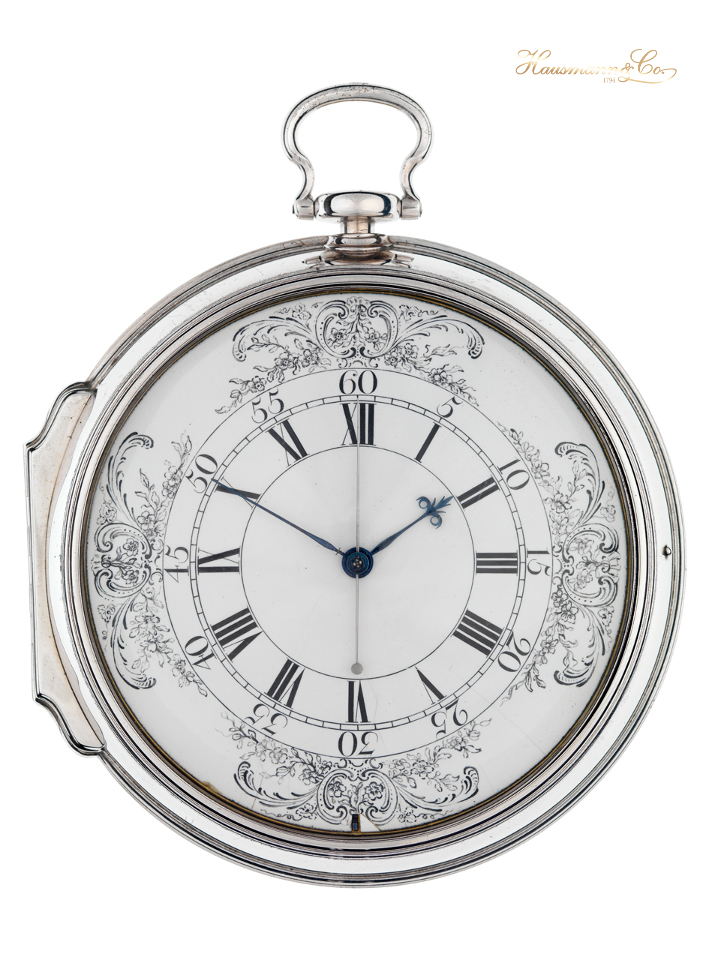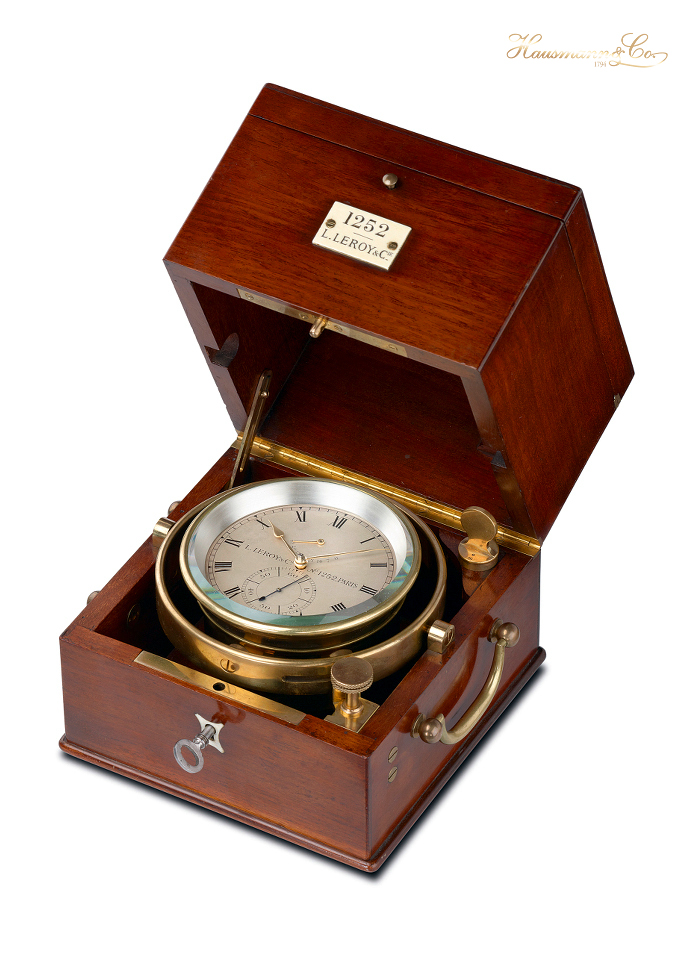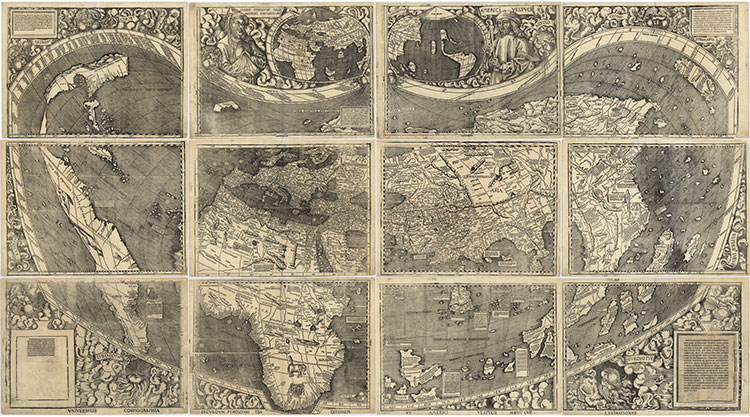Marine chronometers to calculate longitude
Since the beginning of navigation men learnt how to measure the apparently distance of the stars in order to calculate latitude. But longitude’s calculation has been for centuries a Nature’s secret hard to be solved, especially on a ship in the middle of the ocean. The contemporary observation of stars and planets could allow the longitude’s calculation, but this observation was impossible while on an instable ship moving on the sea.
Since 1530, the solution to the problem was found: the Dutch scientist Rainer Gemma Frisius explained that if a ship could have on board a precision clock, the comparison between the hour of a reference meridian, indicated by the clock, and the local hour taken with the sky could give –with simple calculations – the exact longitude.
But on 1530 a clock precision was a non-sense expression. At the time, the most reliable tower clock could have a tolerance of some minutes each day. Even the most expert sea captain would get lost with such a clock: one minute corresponds to 15 marine miles. With an average 6 week transocean sail, this brings to a mistake of 600 miles!
Therefore a clock working on the sea was fundamental in order to solve the longitude issue, and many watchmakers and scientist dedicated their studies to that challenge.
The first step toward the clock precision was made by Christian Huygens on 1656, when he applied the Galileo Galilei’s pendulum to the clock mechanism. The escapement was very precise on the earth, but inapplicable to a sea use due to the effect of waves on the isochronisms of the pendulum oscillations.
Some years later the English Robert Hooke invented the hairspring balance-wheel. An extremely thin spring was applied to the balance wheel allowing its rotation: it was not as precise as the pendulum, but it was sufficiently insensitive to position changes to be suitable for the marine use.
We are at the beginning of the 1700s when England, the Country that more than everybody else desired the sea predominance, incentivized scientific research on the longitude calculation with the “Longitude Act” on 1714. A prize of 20.000 pounds (some million of Euros today) was decided to the man who would be able to determine with a mistake of less than half degree the longitude during a sea trip toward Antilles. In watchmaking terms, this meant a mistake lower than 3 seconds per day.
Even with such a prize, it took 50 years more to solve the issue. The solution came from John Harrison, carpenter on a small town in the York countship, with a generic preparation on mechanics and mathematics, but with a strong technical imagination. With his chronometer N. 4, still preserved at the Greenwich National Maritime Museum, he satisfied the Longitude Act requirements.

The Harrison N. 4 is a big pocket watch with a case diameter of 13 cm, featuring an “old” verge escapement, modified with a genius without precedents; a system “à remontoir” to manage the power; ruby stones to reduce the friction of of the pivots while rotating; a bi-metallic brake on the balance wheel compensated the temperature changes; the verge small leverages were diamond-made.
Due to its high cost and hard complexity of realization, the Harrison N. 4 remains a sole example, with a few copies made by the Londoner watchmaker Larcum Kendall, paid 450 pounds (more than 200 thousand Euros) each. Some of those watches were on the James Cook’s Resolution vessel and on the Captain Bligh’s Bounty.
The true revolution in the longitude calculation field had still to come. It was the French Pierre Le Roy who invented the “échappement à détente”, that allowed the almost-free oscillation of the balance wheel. Its marine chronometer featured this innovation together with a balance wheel compensated to temperature changes and an hairspring with isochrones vibrations.

This was the first marine clock suitable to a standard production, always reliable, able to change the way to navigate the oceans with a correct longitude calculation. The true solution that was sought for centuries.































